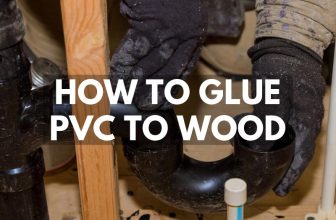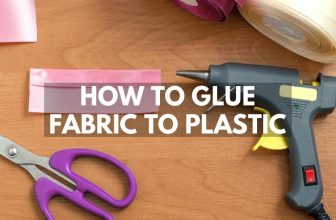![]()
How to Glue Silicone to Plastic
Guides like this one are the quickest way to learn how to glue silicone to plastic. You will learn tips for getting the best result from a variety of glues. Rubber-based or silicone adhesives are ideal for gluing plastic to silicone.
Silicone is a flexible synthetic polymer that can easily withstand extreme temperatures while remaining waterproof and resistant to weathering. You can purchase it in various forms. Silicone rubber is the most common for DIY projects.
Outdoor projects generally require glue that will withstand humidity, extreme temperature changes, water, and possible physical stress. Rubber-based adhesives provide the flexibility and strength that make them perfect for these types of projects. If you want a glue that will withstand the test of time while maintaining a secure bond then a rubber-based adhesive might be the right choice.
What Glue Can You Use for Silicone to Plastic?
When gluing silicone to most other materials silicone glue is going to be one of the best options. Superglue and other common adhesives do not create as strong of a bond with silicone. Rubber-based glues are another great option because they are long-lasting and great for all weather conditions.
Always check the manufacturer guidelines to ensure you choose an adhesive with all the properties you need to get the best outcome. Many brands exist and each has a specific dry time and recommended list of materials that respond well to the glue. However, out of all the available options, rubber-based and silicone glues hold up the best when used with silicone and plastic.
Rubber-Based Adhesive
Rubber-based adhesives are great for projects that will undergo a great deal of stress, movement, or temperature change. The bond is flexible, and the dry time is around 24 hours which gives you plenty of time to get everything positioned and secured for the curing process.
Silicone Adhesive
Silicone adhesive is perfect for silicone materials and also does well with most plastics. However, unlike rubber-based adhesives, silicone can be damaged by high heat or extreme cold. For projects that will not undergo extreme temperature changes, silicone adhesive is a perfect option for gluing silicone to plastic.
![]()
How to Prepare Silicone and Plastic Before Gluing
Both silicone and plastic need to be clean and dry before you begin applying the glue. Silicone can sometimes respond better if it is slightly warm when the glue is applied. To prepare the surfaces you should thoroughly wipe them down and make sure there is no visible residue or debris that might interfere with the process.
Quick Tip: some plastics are difficult to glue because they are very smooth, nonporous, and often have a protective coating that may interfere with the adhesion. You can work around that by lightly scruffing the plastic with a wire brush or fiberglass cloth. Etching in fine lines across the surface you intend to glue to will give your glue a better grip and stronger bond.
How to Apply Glue for Silicone and Plastic
You should apply a thin layer of glue evenly to both surfaces and let it get slightly tacky before adding a second thin layer. Once the second layer is tacky you can join the two pieces together. Reference your glue instructions to determine how long it will take for the glue to reach the right consistency.
How to Cure Silicone to Plastic Glue
You may need to clamp the pieces in place because most silicone and rubber-based adhesives take anywhere from several hours to a day to fully cure. To decrease the amount of time it takes to cure you should try to keep the area warm and dry with good airflow. Clamps or weights will keep everything in place until the glue hardens.
Conclusion
Silicone glues are excellent for bonding silicone to plastic because they are strong, flexible, waterproof, and provide a good seal. Rubber-based adhesives have similar strengths but the added benefit of withstanding extreme temperatures. No matter which one you choose, remember that you can lightly scuff up the plastic before applying your chosen adhesive to ensure the glue gets a good grip on the surface.









